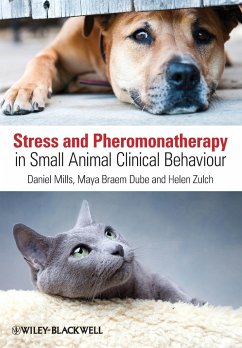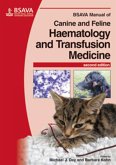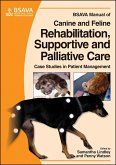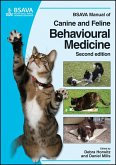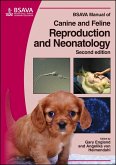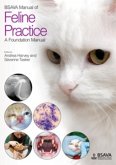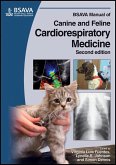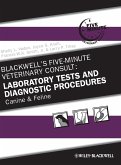Stress and Pheromonatherapy in Small Animal ClinicalBehaviour is about how stress impacts on animal behaviour andwelfare and what we can do about it, especially by using chemicalsignals more effectively. This readily accessible text starts fromfirst principles and is useful to both academics and practitionersalike. It offers a framework for understanding howpheromonatherapy can be used to encourage desirable behaviour indogs and cats and also a fresh approach to understanding the natureof clinical animal behaviour problems.
The authors have pioneered the use of pheromone therapy withinthe field of clinical animal behaviour. As the culmination ofmany years of research and experience, they offer soundevidence-based advice on how and when pheromones can be used mosteffectively.
The first part of the book deals with some fundamental concepts,focusing on the key concepts of stress, communication andperception. It then provides a framework for the evaluationof problem behaviour to allow consideration of the possible role ornot of pheromonatherapy. Part 2 covers the application ofthese concepts to a range of specific situations, concentrating onconditions in which there has been most research to support theefficacy of pheromonatherapy.
Suitable for veterinarians in small animal practice, students ofclinical animal behaviour, veterinary nurses and technicians, aswell as specialists and researchers in animal behaviourtherapy.
The authors have pioneered the use of pheromone therapy withinthe field of clinical animal behaviour. As the culmination ofmany years of research and experience, they offer soundevidence-based advice on how and when pheromones can be used mosteffectively.
The first part of the book deals with some fundamental concepts,focusing on the key concepts of stress, communication andperception. It then provides a framework for the evaluationof problem behaviour to allow consideration of the possible role ornot of pheromonatherapy. Part 2 covers the application ofthese concepts to a range of specific situations, concentrating onconditions in which there has been most research to support theefficacy of pheromonatherapy.
Suitable for veterinarians in small animal practice, students ofclinical animal behaviour, veterinary nurses and technicians, aswell as specialists and researchers in animal behaviourtherapy.

